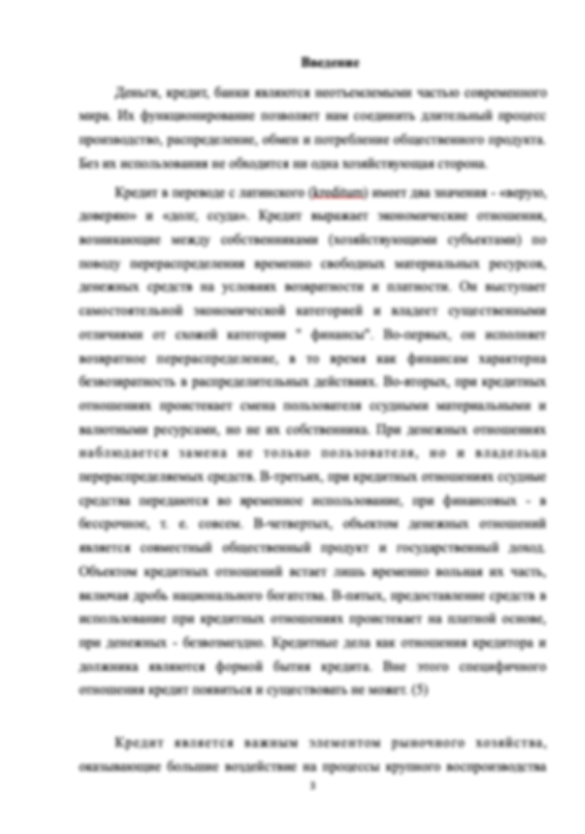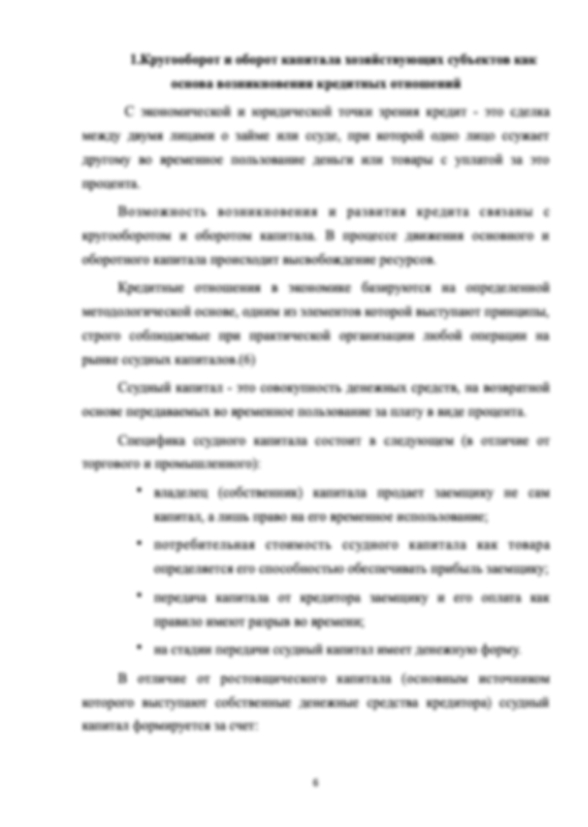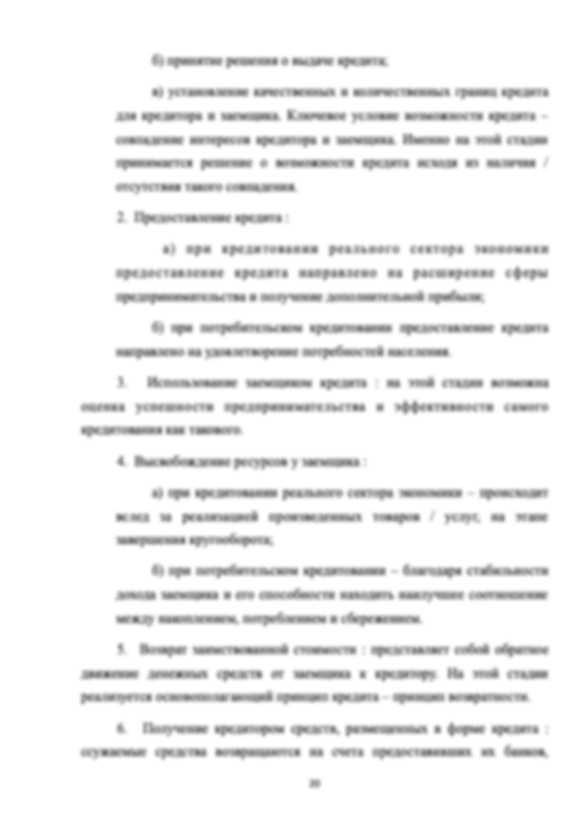Отличная работа. Очень помогли!
Информация о работе
Подробнее о работе

Productivity of affixation
- 16 страниц
- 2016 год
- 308 просмотров
- 7 покупок
Гарантия сервиса Автор24
Уникальность не ниже 50%
Фрагменты работ
Affixation as a way of word-derivation exists during the whole history of the English language and preserves its productivity in the contemporary version of English. It can be proved by the number of words created by such a scheme by use of word-formative affixes. Productivity has been one of the fundamental topics in the field of word-formation in recent decades.
In terms of their formative activity, suffixes and prefixes are divided into productive and non-productive, and another group of “dead” ones stands among the latter. Therefore, the relevance of the given research can be described by two reasons. First of all, language is not fixed and changes constantly due to a wide range of circumstances (sociological and psycholinguistic reasons can be named); as a result, any language undertakes changes which are reflected on every of its levels, which include both morphology and lexicology and word derivation. Secondly, productivity affixes should not be confused with their commonplace and this creates dubious nature of the object.
The subject of the research is affixation in the English language; it can be concluded that the object of the research is productivity of affixation.
According to the subject and object, the aim of the research can be laid down, which is to study productivity of affixation. This aim determines more specific problems of our research:
- to describe affixation and productivity of affixation;
- to look at productivity of affixation in contemporary English;
- to analyse productivity’s functions.
Several research methods were used in the work, namely comparison, description and context analysis. For the theoretic base, works of Ingo Plag, Bauer, J.W.P. Allen, Joshua Albair, Pavol Štekauer et. al. have been analysed.
Contents 1
Introduction 2
Productivity of Affixation 3
Conclusion 13
Bibliography 15
An affix is a type of morpheme, the smallest unit of a language that contains meaning. In English, there are two types of affixes: prefixes and suffixes. Some morphological rules can be called productive and other rules unproductive or less productive. The notion of productivity is relevant also for the common distinction between inflection and derivation. It is commonly assumed that inflectional processes are fully productive, whereas derivational processes are characterized by varying degrees of productivity, with the majority not being fully productive. What is more, Evaluative affixation is a special subset of derivational morphology in which affixes are attached to bases to form new derivatives that convey a meaning of either size or emotion, in the form of diminutives or augmentatives. On the other hand, productivity is constituted in the collective preferences of at least three factors: I) structural conditions on affixes - some options are not structurally possible; 2) construction types that are transparent and favour simplicity; and 3) the usefulness of certain word-formation options.
Though intuitively appealing, there are some problems with the idea that inflection is fully productive: one could argue that though fully productive as a category, the regular past tense affix and that creates the problem that regular derivational processes could also be said to be fully productive. Hence, productivity is an issue that seems not only relevant in word-formation but also in inflection. Most of the more recent discussion on the nature of productivity has focused on English and empirical studies of productivity in other languages are still scarce. Finally, another important theoretical question concerning the nature of productivity is whether productivity is a quantitative or a qualitative notion.
Likewise, creativity and productivity are not to be misunderstood. Creativity within word-formation has usually referred to idiosyncrasies and deviations from rules. In contrast, the term productivity has been used to apply to regular or rule-governed patterns. Word-formation theory has largely limited itself to productivity in this sense, as it has mainly considered productivity within a framework of rival affixes used in generative morphology.
The main motive behind productivity has always been, first and foremost, finding new names for (new) concepts which is understood as the main function of productivity. The recategorization function of productivity refers to the stylistic effect that a new word can have on a text, these words do not primarily function as names for concepts but they are employed for their stylistic effect. The third function of productivity is the lect-marking, which is employed when a specific register or style is formally characterized, when it is used as a symbol of a particular register or style and can be recognized as such.
1 Adams V. An introduction to English word-formation. - London: Longman, 1973. – 271 p.
2 Allen J.W.P. Degree of productivity differentially affects priming of suffixed words in English. - Theses and Dissertations, 2007. - Paper 960. – 150 p.
3 Albair J. What is the State of Evaluative Affixes in Contemporary English? // Début: the undergraduate journal of languages, linguistics and area studies. – 2010. - Vol 1. - No 1. – Pp. 112-120. [сайт]. – URL: https://www.llas.ac.uk/resourcedownloads/3088/Debut_vol_1_albair.pdf (дата обращения: 10.05.2076).
4 Baayen R.H. A corpus-based approach to morphological productivity: statistical analysis and psycholinguistic interpretation. - Unpublished doctoral dissertation. - Free University of Amsterdam, 1989. – 76 p.
5 Bauer L. English word-formations. - Cambridge: Cambridge University Press, 1983. – 392 p.
6 Bauer L. Morphological Productivity. - Cambridge: Cambridge University Press, 2001. [сайт]. – URL: http://homepage.ntu.edu.tw/~karchung/pubs/Bauer_rev.pdf (дата обращения: 10.05.2076).
7 Bolinger D. On defining the morpheme // Word. - No 4, 1948. - Pp. 18-23.
8 Clark E., Berman R. Structure and use in the acquisition of word formation // Language. - No 60, 1984. - Pp. 542-590. [сайт]. – URL: http://www.jstor.org/stable/413991?seq=1#page_scan_tab_contents (дата обращения: 10.05.2076).
9 Clark E., Hecht B. Learning to coin agent and instrument nouns // Cognition. - No 12, 1982. – Pp. 1-24.
10 Charvátová E. Morphological productivity of selected word-formation processes. Master’s Diploma Thesis. - Masaryk University, 2013. – 157 p.
11 Chomsky N. Remarks on Nominalization // Jacobs, Roderick A. / Rosenbaum, Peter S. (eds.), Readings in English Transformational Grammar. - Waltham, MA: Ginn, 1970. – Pp. 184-221.
12 Dossena M. Diminutives in Scottish Standard English: A Case for ‘Comparative Linguistics’? // Scottish Language. – No 17, 1998. - Pp. 22-39.
13 Haspelmath M. Understanding morphology. - London: Arnold, 2002. [сайт]. – URL: http://morphology.xyz/pdf/HaspelmathSims2010.pdf (дата обращения: 10.05.2076).
14 Liu W., Shen H. A Corpus-based Analysis of English Suffix –esque // Theory and Practice in Language Studies. – April, 2012. - Vol. 2, No. 4. - Pp. 767-772. [сайт]. – URL: http://www.academypublication.com/issues/past/tpls/vol02/04/17.pdf (дата обращения: 10.05.2076).
15 Plag I. Handbook of English Linguistics. - McMahon. Oxford: Blackwell, 2003 [сайт]. – URL: http://www2.uni-siegen.de/~engspra/Papers/Morphology/contribution-plag.pdf (дата обращения: 10.05.2076).
16 Spencer A. Morphological theory: An introduction to word structure in generative grammar. - Cambridge: Cambridge University Press, 1991. – 279 p.
17 Štekauer P. Word-formation as creativity within productivity Constraints: Sociolinguistic Evidence // Onomasiology Online. – No 6, 2005. – Pp. 1-55. [сайт]. – URL: http://citeseerx.ist.psu.edu/viewdoc/download?doi=10.1.1.92.9286&rep=rep1&type=pdf (дата обращения: 10.05.2076).
Форма заказа новой работы
Не подошла эта работа?
Закажи новую работу, сделанную по твоим требованиям


